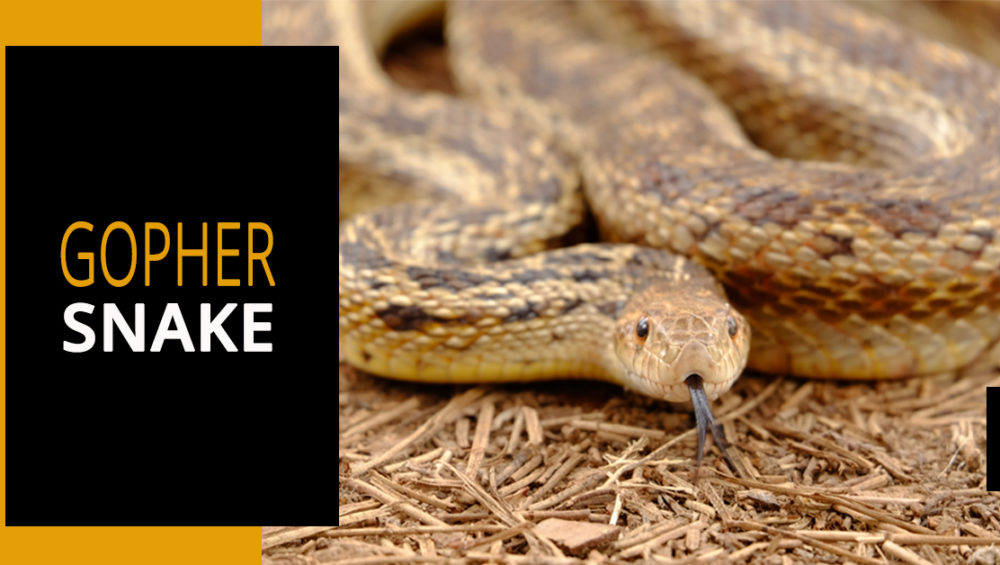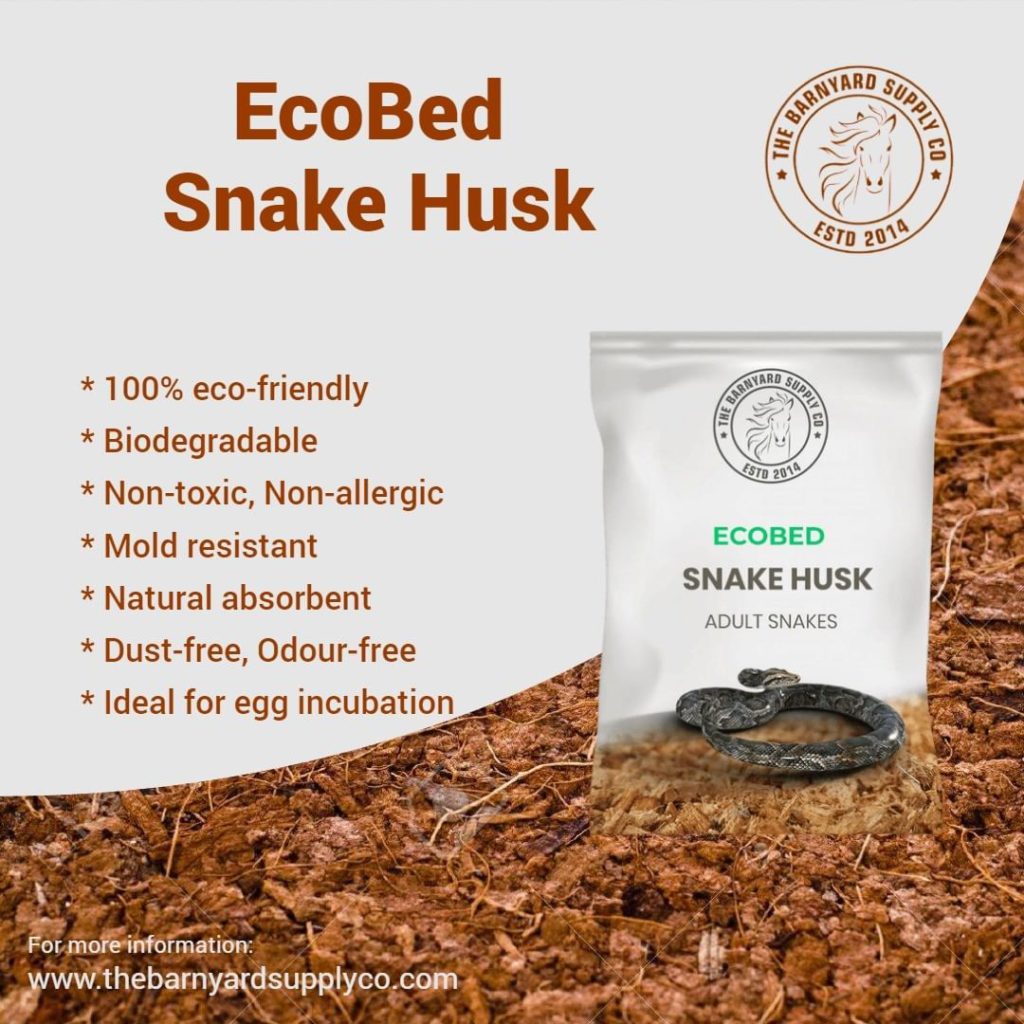Gopher snakes are from the western coast of America and they are fairly large snakes. Gopher snakes are very curious and active snakes. They are perfect pets for beginning caretakers. They are generally found on the western coast of America in arid meadows, fields and farmland.
Table of contents
Behaviour
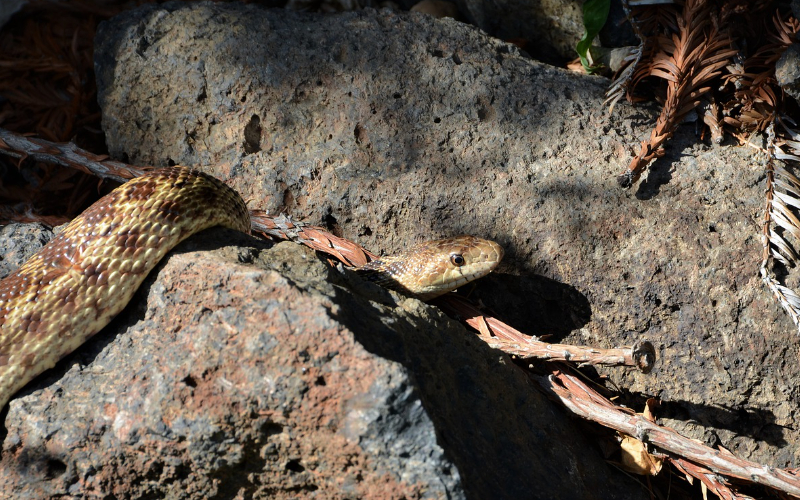
They have quite a narrow head and are a little heavier than other snakes of the same species. They’re usually beige or light yellow in colour, with black or dark brown stripes spanning the length of the snake. These snakes can live upto 25 years with prior care, without care and all their living margins at 15 years. In captivity, they have an average lifespan of 20 to 25 years. They rarely live past 15 years in the wild, with a lifespan of 12 to 15 years. With these snakes, you need to be sure and committed before acquiring one as they live long.
Temperature Requirements
As a western coast American snake, the Gopher snake doesn’t need high temperatures to thrive. They require a temperature of about 79 F. A basking spot is necessary when it comes to Gopher snakes. The temperature of the basking place might reach 85 degrees F. The warm spots are supposed to be at the end of the enclosure, which creates a gradient in temperature where the temperature drops as the snake moves away from the basking spot. The warm end of the enclosure will be around 85 degrees Fahrenheit, while the cool end will be around 72 degrees Fahrenheit. Heating mats or ceramic bulbs can be used to keep the area warm.
Humidity

Because the Gopher snake thrives at regular room humidity between 40% and 60%, there is no need to mist the enclosure or provide a humidifier. The only time they’ll need a lot of water is when they’re shedding. A humid box which is a hide box with a moist substrate like damp paper towels, can aid in the snake’s shedding.
It is essential to provide clean water to the snake at all times. This water should preferably be chlorine-free. The water bowl must be hefty and solid to prevent the snake from tipping it over and spilling the contents. The water should be changed on a regular basis to ensure that it is always clean and free of faeces and other foreign stuff.
Lighting
Since the Gopher snake eats whole prey such as rodents, they do not need vitamin D3 supplements or UVB lights. They get all of their nutrition from the rodents they eat. You must maintain a day-night cycle. There is no need for lighting if the enclosure is put in a room that gets plenty of natural light.
If the enclosure does not get any natural light, you can use fluorescent lighting to illuminate it. The light needs to be on for 12 hours and off for 2 hours.
Diet
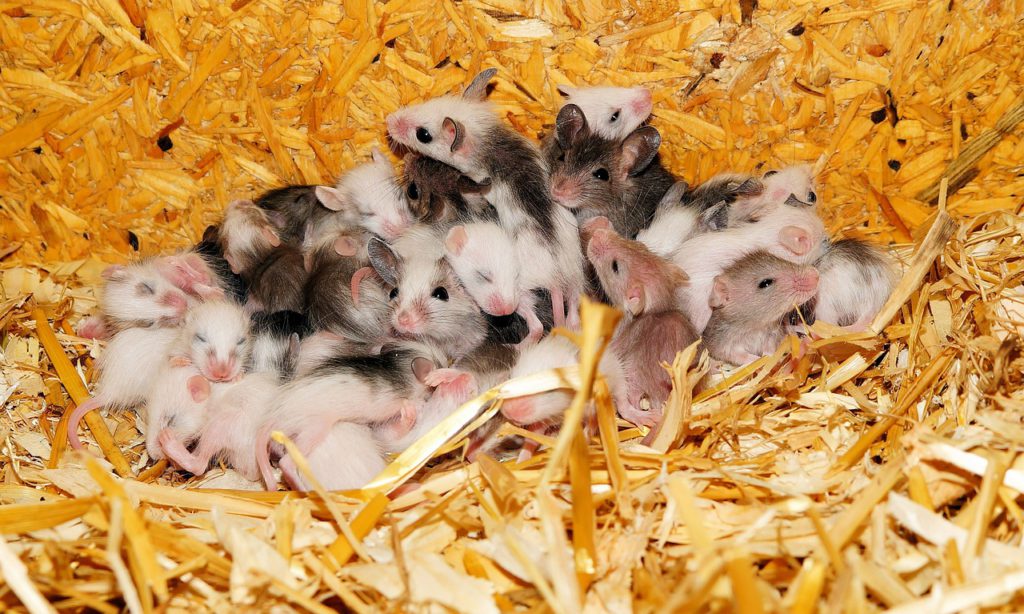
Gopher snakes have ferocious appetites. In captivity, they feed readily and grow quickly. For the first month of their lives, you can feed two or three pink mice every four days. For about five months, you move them up to two fuzzy mice twice a week and then to hopper mice twice a week for the next six months. The snake should reach close to 3 feet long after a year and capable of eating one or two adult mice or smaller rats once a week. Instead of many mice, one mid-sized to large rat may be provided each week in the second and third years, as the snakes attain sexual maturity.
Handling
Gopher snakes are usually curious creatures, active in their daytime and will roam around to explore new things in their surroundings. Most are completely calm and don’t make a fuss when they’re being handled. Gophers rarely bite in defence, although they do have small teeth and are capable. Hatchlings are very sensitive, but most snakes calm down with regular handling over time.
When held, they tend to stay active, but you may keep them in place by switching hands underneath them as they move. As they aren’t always the finest climbers, make care to support their weight for them, and avoid handling them while they’re in the shed or after a meal.
Housing
When it reaches adulthood, the gopher snake can grow to be fairly enormous. Specimens up to 7′ in length are not rare. As a result, you’ll need a cage that’s the right size for your snake. A baby or juvenile can be kept in a smaller terrarium. An adult Gopher snake should require a 4’ x 2’ size cage or larger. You have to clean the entire cage at least once a month. Clean all the feces daily and remove the shed skin.
Cleaning
To thrive, Gopher snakes require a clean environment. A spot in the cage should be cleaned every day and the full cage should be cleaned every 4 weeks. If you are keeping the snake in a bio-active enclosure you can spot, clean and monitor the enclosure. It can be a good item to change out the bedding a few times per year.
Substrate Nature
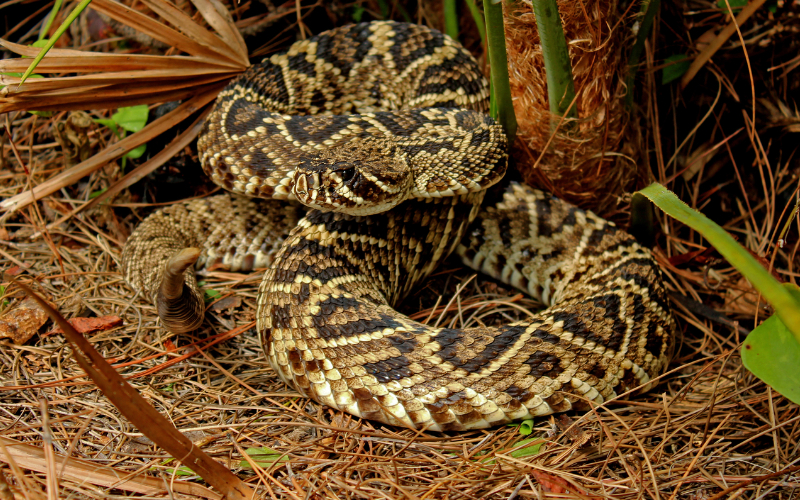
Because the Gopher snake prefers dry environments, you won’t have to worry about maintaining a high level of humidity. As a result, a moisture-retaining substrate is not required. Old newspaper or paper towels make wonderful substrates for newborns and juveniles. They are cheap, accessible, and easy to clean/change. Adults do well on paper as well. The biggest disadvantage of paper is that it is unattractive.
Calcium sand is another wonderful option. When consumed, unlike real sand, it does not cause compaction. It also adds to the enclosure’s beauty by resembling desert sand.
Also, aspen bedding, corn cob granules, coconut chipping or cypress mulch are good bedding options. In fact, any substrate can be used apart from cedar or pine since these are toxic to snakes. The snake may burrow into the substrate if it is only a few inches deep.
Substrate Type
Coconut Husk
Coconut Husk is extremely light, easy to clean, and attractive. On the other hand, it is more expensive than alternative substrates. It helps absorb the odor and locks within the substrate. It is a dust free substrate which is absolutely chemical-free and non-toxic. It doesn’t mold and is very moisture absorbent.
Advantages:
· Highly comfortable material for snakes
· Odor and Dust free
· Natural and Organic material
Disadvantages:
· Doesn’t retain humidity much longer
· Large pieces of husk can cause irritation
Cypress shavings
Cypress mulch is a comfortable substrate for snakes. They can dig around in the mulch and it retains humidity nicely. It’s attractive and has a pleasant but not overwhelming smell. This mulch is cheap and readily available at garden shops. You do have to remove all the mulch to thoroughly clean the cage.
Advantages:
· Retain moisture
· It doesn’t mold.
Disadvantages:
· Costly
· Mites thrive in cypress mulch
Newspaper and paper towel
Newspapers covers are easy as well as cheap. Paper towels can work superior for small cages. It is versatile and it can be placed on the bottom of the cage. Newborn snakes love newspapers. Adults can’t easily burrow in newspapers, but shredded paper will resolve the issue. Wet or damp newspapers and paper towels can cause skin infection in the snakes. To avoid these, replace wet newspapers with fresh newspapers.
Advantages:
· It is one of the most versatile bedding options.
· It is affordable.
· It is more suitable for hatchings.
Disadvantages:
· Adult snakes can’t easily burrow in newspapers.
· Wet or damp newspaper can cause skin infection for snakes.
Aspen shavings
Aspen shavings are inexpensive, easy to replace, and aesthetically pleasing. Snakes are also really simple to burrow through. Furthermore, aspen shavings allow for good ventilation in the cage. Keep in mind that if the chips are too small, the yellow rat snake is more likely to swallow them whole while feeding. If you are using this bedding then feed your snakes outside of the enclosure.
Advantages:
· It is not too expensive.
· Snakes are easily burrowed in it.
· It does an excellent job in absorbing odour.
Disadvantages:
· It needs to change completely more often.
Sand
For Gopher snakes, sand is a more appealing substrate than newspaper or paper towels. It comes in a range of hues to match your decor design and may be purchased at pet stores. It makes a beautiful enclosure and creates a dessert look. Snakes may burrow in sand, but if the sand is consumed, it will harm your snake.
Advantages:
· Create beautiful and attractive enclosure.
· Snakes can easily burrow in it.
Disadvantages:
· It is bad for your snake if the sand is swallowed.
Conclusion
Gopher snakes usually learn to trust people over time and most aren’t shy about exploring your world or demanding food. That behaviour is what makes gopher snakes one of the most engaging snakes to keep!

